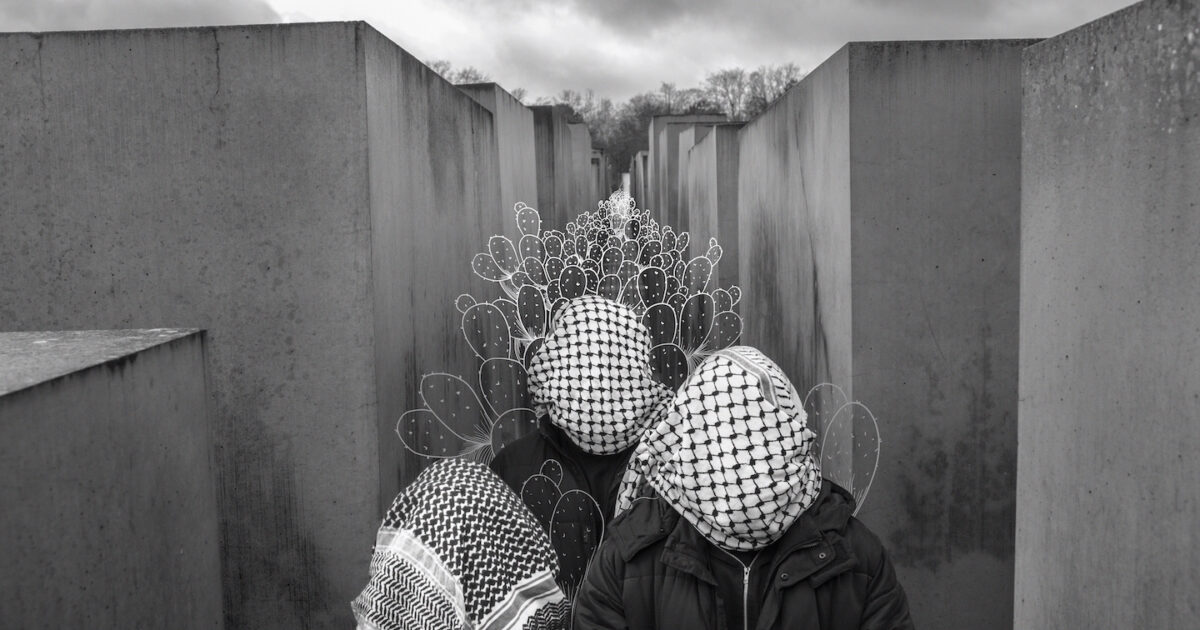The Neighborhood Mothers were terrified by what they learned in these sessions. “How could a society turn so fanatical?” a group member named Nazmiye later recalled thinking. “We began to ask ourselves if they could do such a thing to us as well […] whether we would find ourselves in the same position as the Jews.”
But when they expressed this fear on a church visit organized by the program, their German hosts became apoplectic. “They told us to go back to our countries if this is how we think,” Nazmiye said. The session was abruptly ended and the women were asked to leave.
There are a number of anecdotes like this in anthropologist Esra Özyürek’s Subcontractors of Guilt, a recently published study of the array of German Holocaust education programs dedicated to integrating Arab and Muslim immigrant communities into the country’s ethos of responsibility and atonement for [Axis] crimes. As Özyürek shows, those who pass through these programs often draw connections their guides do not intend—to nativist violence in contemporary Germany, or to the bloody circumstances they fled in Syria, Turkey, and Palestine.
For many Germans, the anxieties these historical encounters stoke for migrants are, in Özyürek’s words, the “wrong emotions.” One German guide who leads concentration camp tours recalled being “irritated” by members of immigrant tour groups voicing the fear that “they will be sent there next.” “There was a sense that they didn’t belong here, and that they should not be engaging with the German past,” the guide said. To be really German, they were supposed to play the part of repentant perpetrators, not potential victims.
Click here for events that happened today (March 19).
1937: Frederick Olaf Sammut, Maltese Fascist, dropped dead. The second prototype of the Mitsubishi Ki‐15 aircraft took flight, too.



Germans couldn't bear to hide their instinct to send people off on trains a second longer.